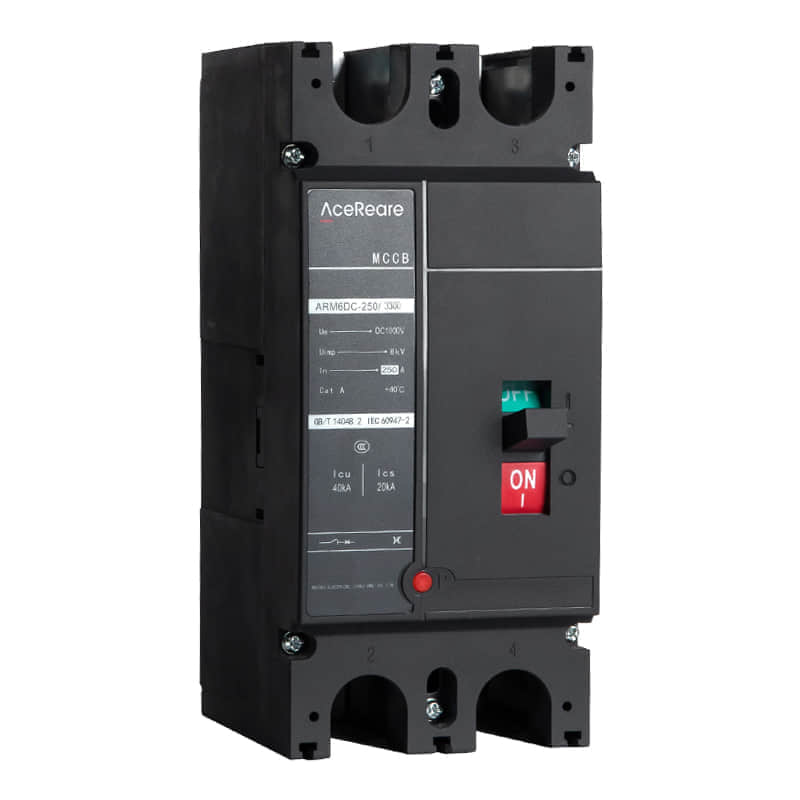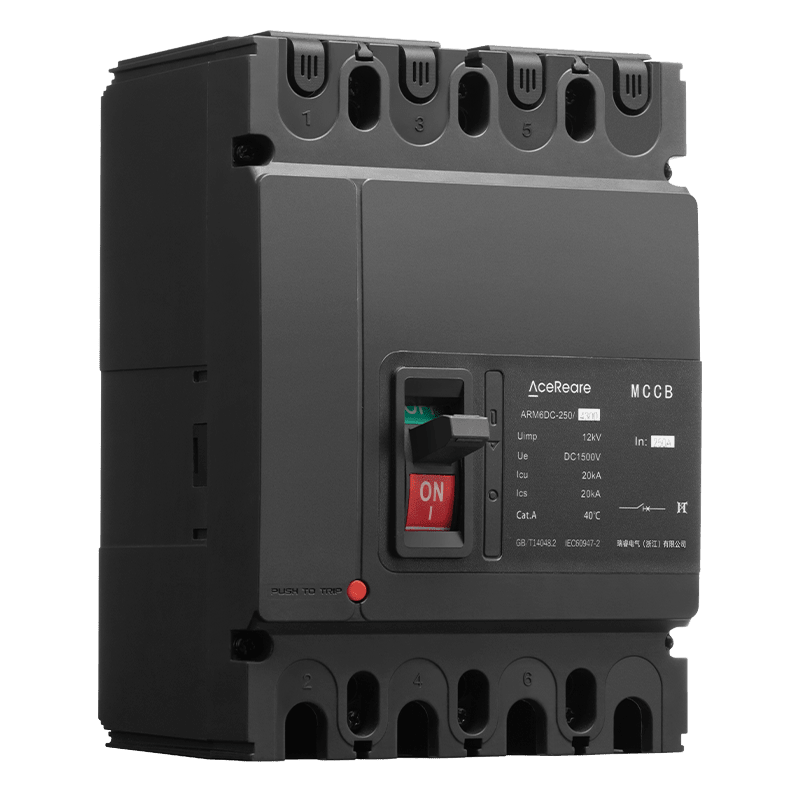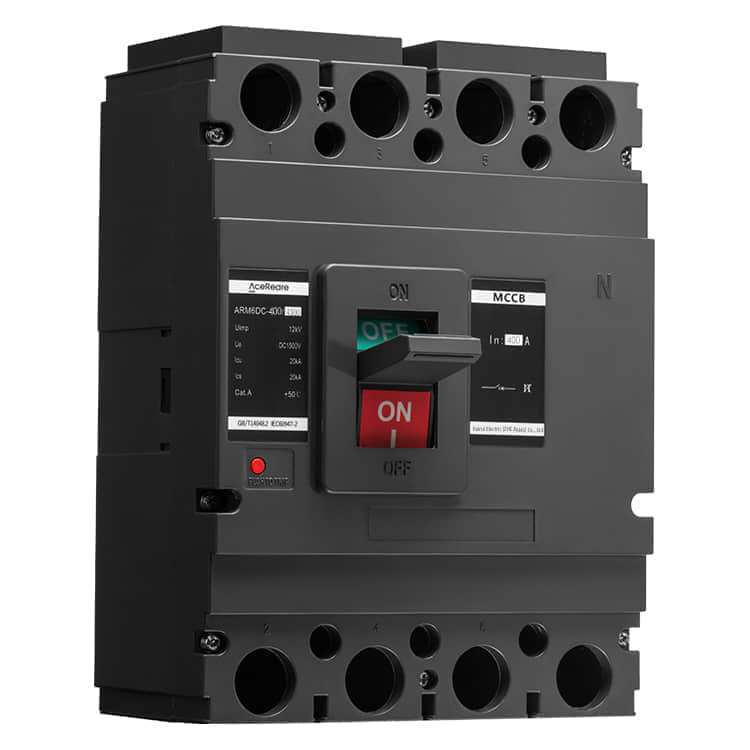Direct current (DC) molded case circuit breakers play a crucial role in electrical systems, providing protection and control for a wide range of applications. In this article, we will delve into the fundamentals of DC molded case circuit breakers, exploring their construction, operation, and key applications.

Construction and Components

DC molded case circuit breakers are built to withstand the unique challenges of direct current systems. They consist of several essential components: Frame: The frame provides the structural support for the breaker and houses the other components. It is typically made of a durable and heat-resistant material, such as molded plastic or metal. Operating Mechanism: The operating mechanism allows users to manually open and close the circuit breaker. It may include a handle or lever for easy operation. Contacts: Contacts are the heart of the circuit breaker. In DC applications, they must be designed to handle the continuous flow of direct current without excessive wear. Silver-plated or other specialized materials are often used for DC contacts. Arc Extinction System: DC arcs can be more challenging to extinguish than AC arcs. DC molded case circuit breakers are equipped with specialized arc-extinguishing systems, such as magnetic blowouts or arc chutes, to safely and effectively quench the arc. Tripping Mechanism: The tripping mechanism is responsible for detecting overcurrent conditions and tripping the breaker to disconnect the circuit. It often includes thermal and magnetic elements to provide both overload and short-circuit protection. Operation DC molded case circuit breakers operate on the principle of interrupting the current flow when certain conditions are met. Here’s how they work: Normal Operation: During normal operation, the contacts remain closed, allowing the current to flow through the breaker and the connected circuit. The breaker continuously monitors the current passing through it. Overload Protection: If the current exceeds the breaker’s rated capacity for an extended period (overload), the thermal elements in the tripping mechanism heat up. When a predetermined temperature is reached, the breaker trips to open the contacts and interrupt the current, preventing overheating and potential damage. Short-Circuit Protection: In the event of a short circuit (a sudden, massive surge in current), the magnetic elements in the tripping mechanism detect the rapid increase in current. The breaker trips almost instantaneously to protect the circuit and connected devices. Applications DC molded case circuit breakers find applications in various industries and settings: Renewable Energy: They are used in solar and wind power systems to protect inverters, batteries, and other components from overcurrent and short-circuit conditions. Industrial Facilities: DC circuit breakers are deployed in manufacturing plants and industrial facilities to safeguard machinery and equipment. Telecommunications: They play a vital role in the protection of DC power systems in telecommunications infrastructure. Transportation: DC circuit breakers are used in electric vehicles, railways, and marine applications to ensure safe and reliable operation. Data Centers: Data centers rely on DC power distribution for energy efficiency, and circuit breakers are essential to protect critical equipment. In conclusion, DC molded case circuit breakers are indispensable components in modern electrical systems, providing essential protection against overcurrent and short-circuit conditions. Their robust construction and specialized components make them well-suited for a wide range of applications, from renewable energy installations to industrial facilities. Understanding their operation and significance is crucial for ensuring the safety and reliability of DC-powered systems.
